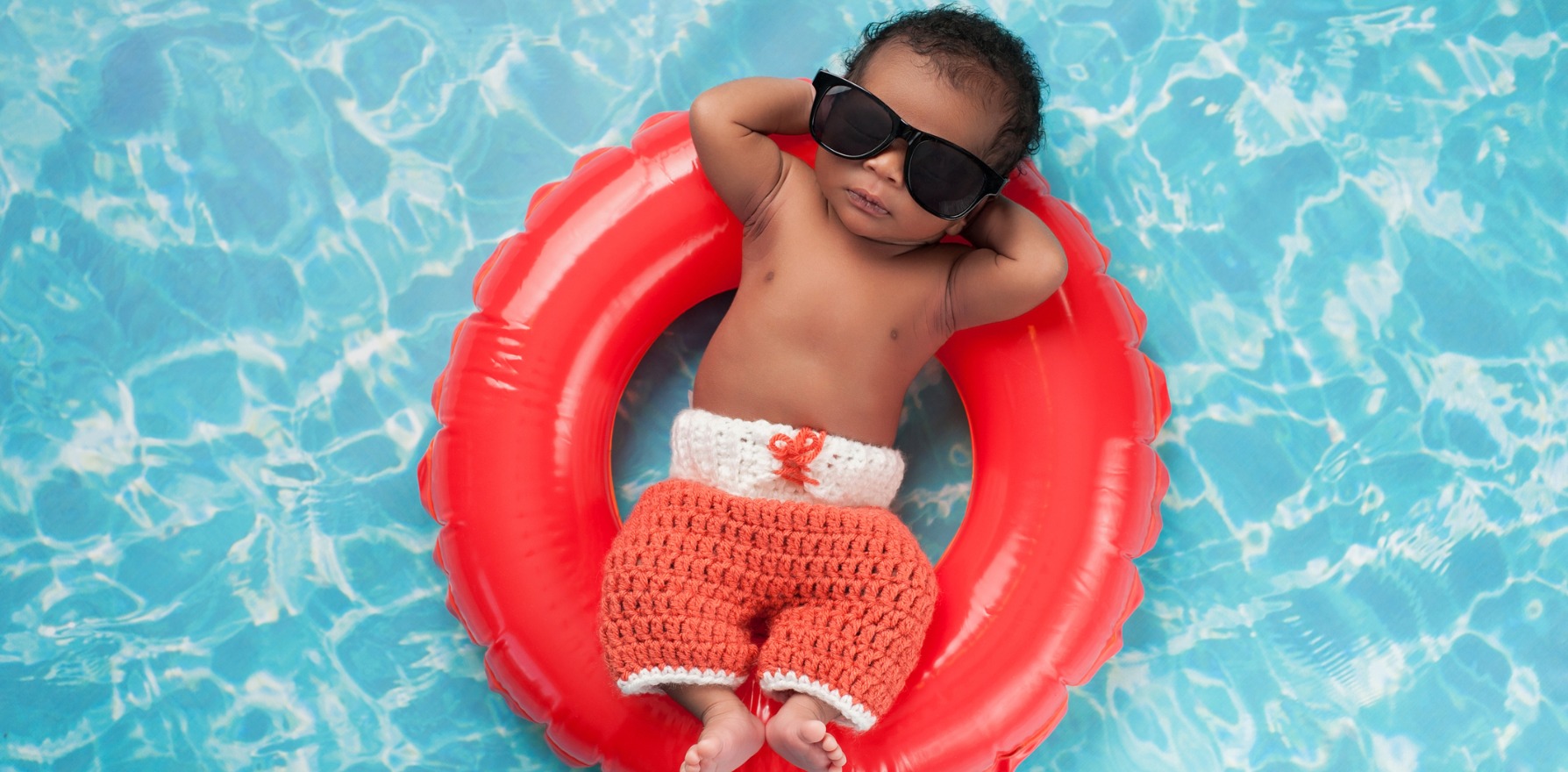Labouring and giving birth in water have clear benefits for healthy women with uncomplicated pregnancies, researchers say.
Women who have water births are significantly less likely to need pain relief and are at lower risk of post-partum haemorrhage, a major review has found.
In low-risk women, labouring and giving birth in water significantly reduced rates of epidurals, injected opioids, episiotomy, augmentation (speeding up labour), maternal pain and postpartum haemorrhage.
“Water immersion is an effective method to reduce pain in labour, without increasing risk,” the UK and US researchers wrote.
“Water immersion provides benefits for the mother and newborn when used in the obstetric setting, making water immersion a low-tech intervention for improving quality and satisfaction with care.”
The systemic review and meta-analysis of 36 studies included 160,000 women. The study, published in BMJ Open, looked at maternal and neonatal outcomes during water births for women and babies at low risk of birth complication.
Women who had a water birth had twice the odds of having a cord avulsion, or breaking of the umbilical cord, compared to those who used other birthing methods. However, the absolute risk was low at 4.3 per 1000 compared to 1.3 per 1000 births.
There were also no differences in breastfeeding initiation or rates of caesarean sections between the two groups.
The odds of women having an intact perineum were 50% higher among those who had a water birth, and maternal satisfaction was twice as high.
The researchers said using a birthing pool could help women relax by reducing fear and anxiety, and help women manage pain and feel more in control.
“This review endorses previous reviews showing clear benefits resulting from intrapartum water immersion for healthy women and their newborns.”
Nevertheless, the researchers noted that questions remained about the role of maternal parity, care practices, birth setting and type of water receptacle in these outcomes.
They also noted the importance of avoiding traction on the umbilical cord when bringing the newborn to the surface of the water.
In Australia, a 2016 Western Australian study found that 4% of all infants, and 5% of infants 37 weeks gestation or older, were born underwater.
That study found that of 502 women who intended to give birth in water, 60% did so.


